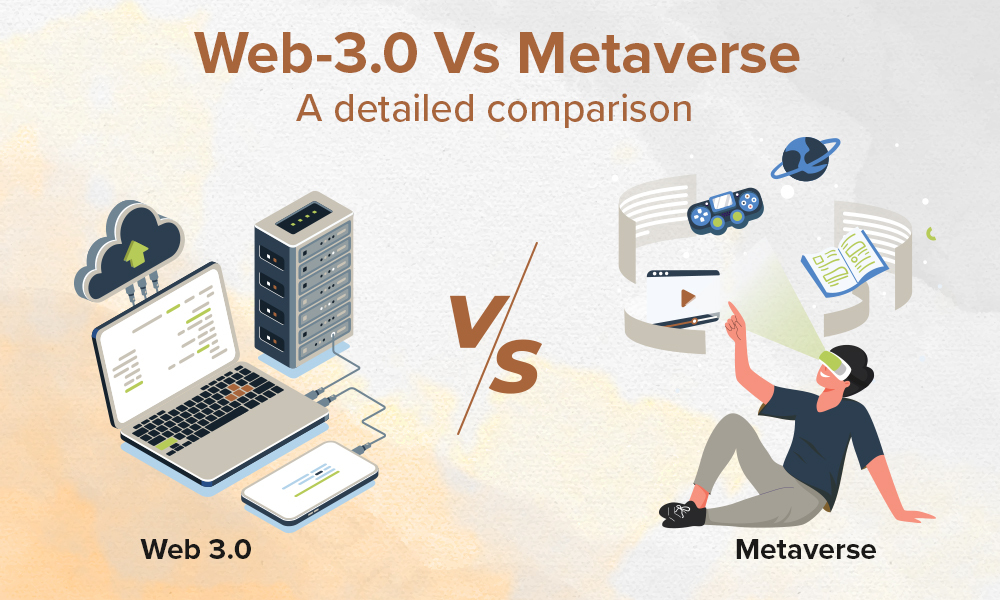To understand Distributed Ledger, a comparison with General Ledger will help. General Ledger was the bedrock of financial accounting and dates far back as 1458, credited to Benedikt Kotruljević. The double entries principles have maintained its original form and fundamentals for centuries. Even technology has not been able to alter the fundamentals of the principles.
The are three inviolable principles governing the General Ledger; Debit the receiver, credit the giver; Debit loss and expense, credit profit and gain; and Debit inflow and credit outflow
One main feature of the General Ledger transactions is that it involves two parties; the receiver and the giver. The two parties record the entries in their respective books, and this serves as evidence of their transaction. However, with the arrival of the Digital Ledger Technology, the century-old principles will have to give way. Distributed Ledger Technology is striking at the foundation of General Ledger. This may render it dormant in a short while.
How Distributed Ledger Technology Works
The knowledge of General Ledger is pertinent to the understanding of how the Distributed Ledger functions. Remember General Ledger involves just the two parties to the transactions? Distributed Ledger technology makes the details of a transaction available. Not just only to the parties, but every other individual on a particular network. Simultaneously, the same copy of the ledger is distributed to every participant on the network. That is where it derives its name from.
By definition, a distributed ledger serves as a universal database of records that spreads across multiple locations, participants and individuals.
All of the individuals on a distributed ledger network can view all the records of every transaction. However, this does not give them the power to alter, erase or manipulate the records. Traditional financial set-up needs a central authority to serve as an intermediary. Distributed ledger does not need a central authority in the processing, sanctioning or escrowing of transactions.
Distributed Ledger Vs. Blockchain Technology
There may be a relationship between the two but they are not the same. Blockchain is just a type of Distributed ledger, other variants such as Ripple, HyperLedger Project and MultiChain exist. Just think of toothpaste and Colgate, while Distributed Ledger is the toothpaste, Blockchain is Colgate.
The intertwined nature of blockchain and distributed ledger is understandable, Blockchain is the most applied distributed ledger technology till date.
What Makes Distributed Ledgers Unique?
So far, we know that this technology makes data verifiable and auditable. Nonetheless, there are certain features that make DLT stand out;
- Transparency
The transparent nature of DLT is its most important feature. The absence of a centralized ledger optimizes the level of transparency. The control of all information to transactions is provided to all users with a consensus.
- Speed of Transaction
Traditional ledgers involve physical documentation that involves a central authority. This increases the time of the transaction. With DLT, transaction turnaround time can be in minutes over a 24hour period.
- Fraud Free
Centralized ledgers can be attacked from a single location. However, DLT application means multiple records in different locations will have to be attacked concurrently. This sounds utopian, or rather impossible.



.jpg)
